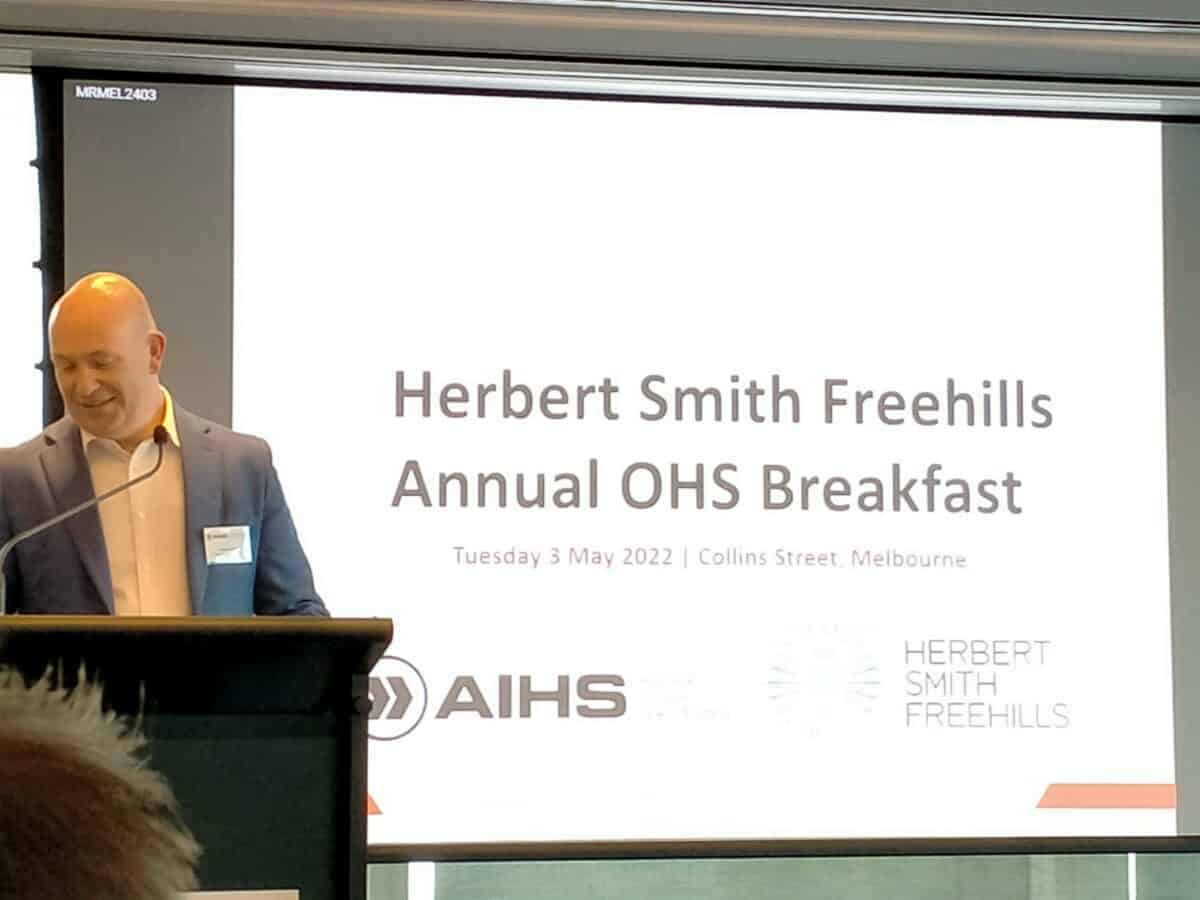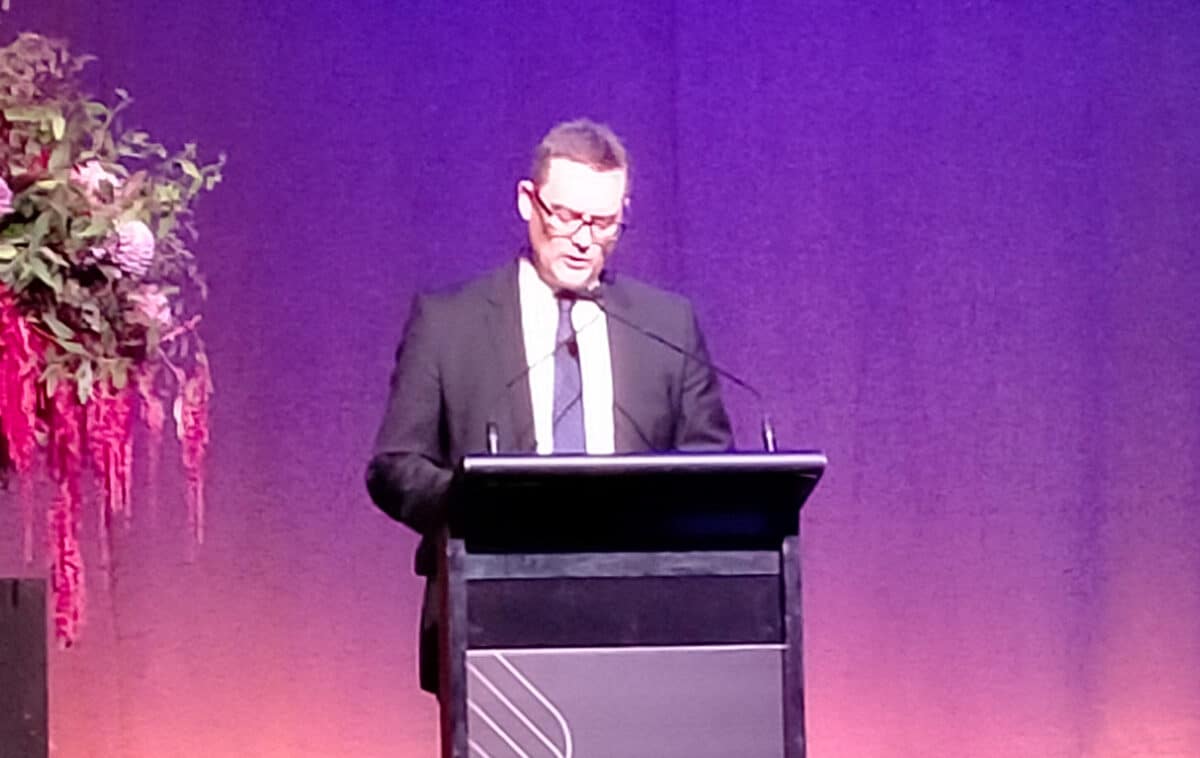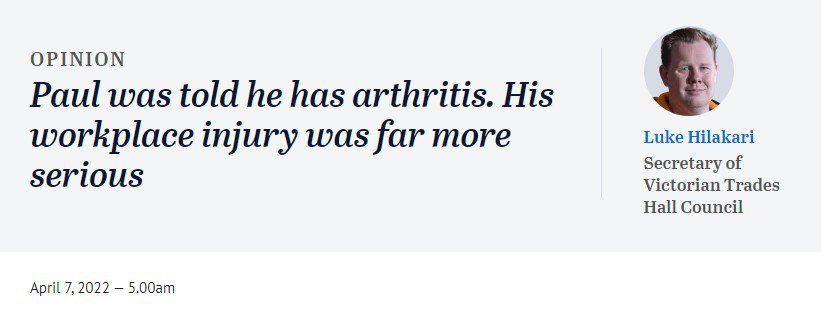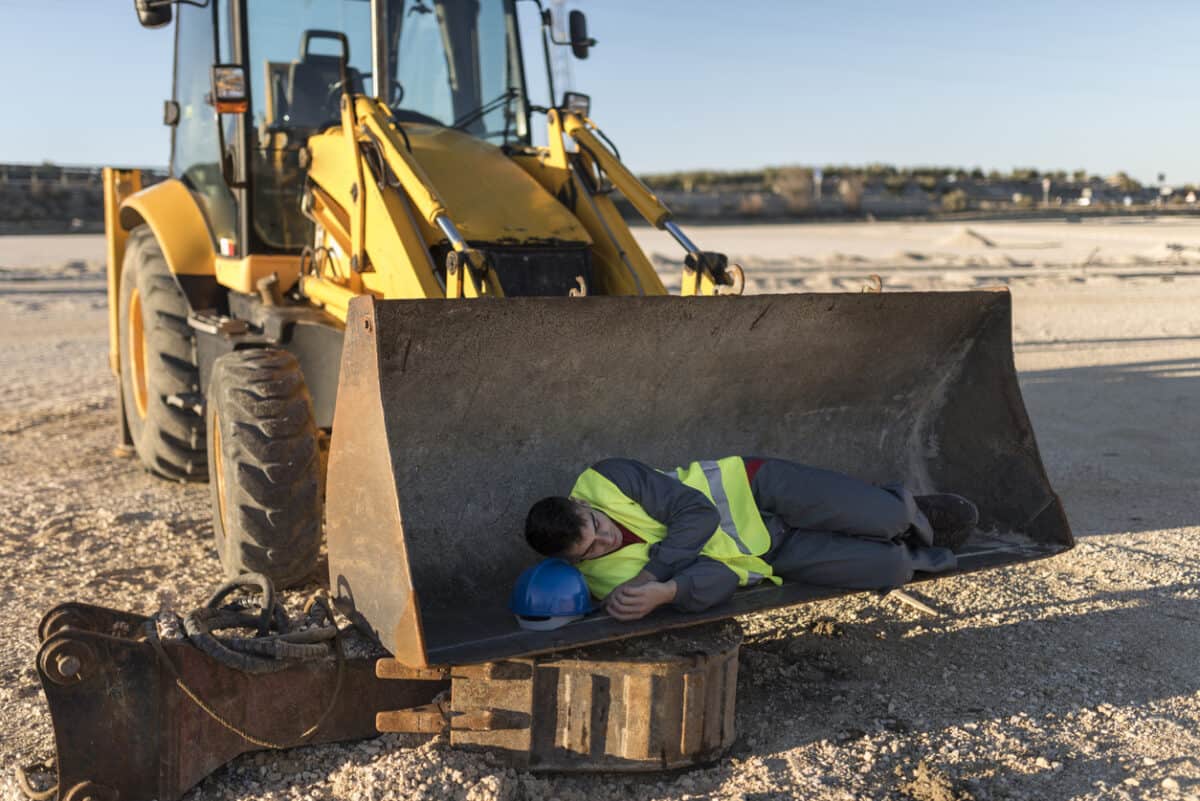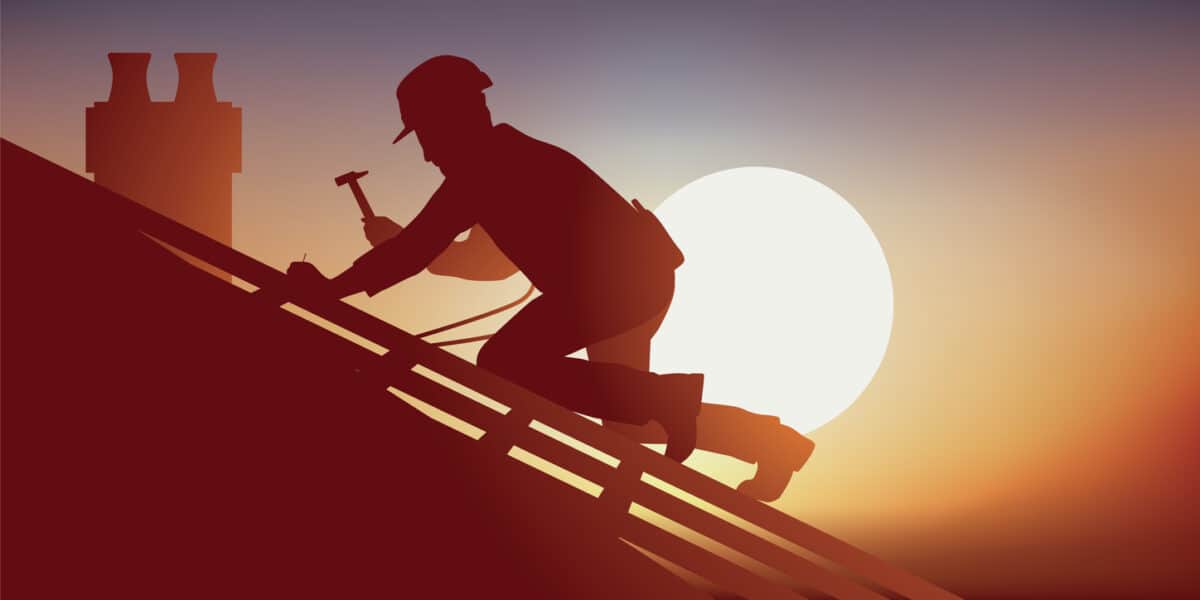The Australian Institute of Health and Safety (AIHS) and Herbert Smith Freehills (HSF) annual breakfast physically returned this month after a few years of enforced absence. It kept its traditional structure – speeches from the local OHS regulator WorkSafe Victoria, representatives from HSF and AIHS and a summary of a salary survey report focused on occupational health and safety (OHS) professionals. The presentation that made the expense worthwhile came from one of HSF’s Regional Heads of Practice, Steve Bell, concerning new regulations for psychologically healthy workplaces.
Category: harm
OHS record restated, but employers omitted
The WorkSafe Awards night for 2021 was postponed a couple of times from its traditional date in Workplace Health and Safety Month, October. The April 21, 2022, event held the potential for a political statement, given that 2022 is an election year for Victoria, and the event was held one week before International Workers Memorial Day. No such luck. We may have to wait for October 2022, a month before the November election.
The Minister for Workplace Safety, Ingrid Stitt, could not attend, but Bronwyn Halfpenny, the Parliamentary Secretary for Workplace Safety, did. Halfpenny is very active in occupational health and safety (OHS) and the government’s working group of bereaved families, but her speech at the awards event reiterated the government’s OHS reforms. Like other members of the government, she gives a great deal of significance to Industrial Manslaughter changes. These changes have generated fear at senior management levels but little difference in employers’ commitment to improving workplace safety and health. A big stick is pointless unless it is used and used as intended.
Burnout causes are organisational. Who knew?
This blog has written frequently about “burnout” in workplaces, especially since the condition was defined by the World Health Organisation in 2019. I have seen it used many times as a shortcut, or synonym, for workplace mental health but usually only at the corporate, executive level. Workers have breakdowns, but executives seem to suffer burnout.
Recently a book was published in the United States called “The Burnout Epidemic, or The Risk of Chronic Stress and How We Can Fix It”, by journalist Jennifer Moss. What is most outstanding about this book is that the recommended fix is organisational. Usually, burnout books from the States focus on the individual worker or executive. This fresh US perspective makes the book essential reading for if the US recognises how to fix burnout and chronic stress, any country can.
Should heartlessness be the status quo?
On April 7, 2022, prominent trade unionist Luke Hilakari had an opinion piece published in The Age newspaper titled “Paul was told he has arthritis. His workplace injury was far more serious”. Hilakari told a story, familiar to many, of one man’s journey from workplace injury to impecunious hardship.
The story is tough to read and full of injustices, but the political point of the article is lost. The Victorian Government has been provided with a report that could reduce the bureaucratic and surveillance challenges faced by Paul, but the system itself will not change.
We need a revolution in how we think about working hours
If there was only one way available to improve the health and safety of workers in Australia, it would be to limit and enforce working hours to those in the official Awards and job descriptions.
This situation which would really be simply a case of working-to-rule, would need to be supported by other not unreasonable changes, in no particular order:
What does the IPCC report on climate change say about work?
Global warming will affect the way we work. This was acknowledged in the most recent report from the International Panel on Climate Change. The 3,676-page report cited several research papers related to these changes. Below is a list of those papers and comments on the abstracts, where available.
Vanos, J., D. J. Vecellio and T. Kjellstrom, 2019: Workplace heat exposure, health protection, and economic impacts: A case study in Canada. Am. J. Ind. Med., 62(12), 1024-1037, doi:10.1002/ajim.22966. https://pubmed.ncbi.nlm.nih.gov/30912193/
This abstract recommends “Providing worksite heat metrics to the employees aids in appropriate decision making and health protection.” This research adds to one’s state of knowledge but may not help with which on-the-ground decisions need to be made.
Work, not Sex, won the day
On February 10 2022, the Victorian Parliament passed laws to decriminalise sex work, supporting the (Labor) government position that sex work needs to be treated the same as any other type of work. The debate, the culmination of decades of work by many sex work supporters and advocates, was won by emphasising the role of Work over the concerns about Sex. This is a strategy that other workplace safety advocates may consider.

